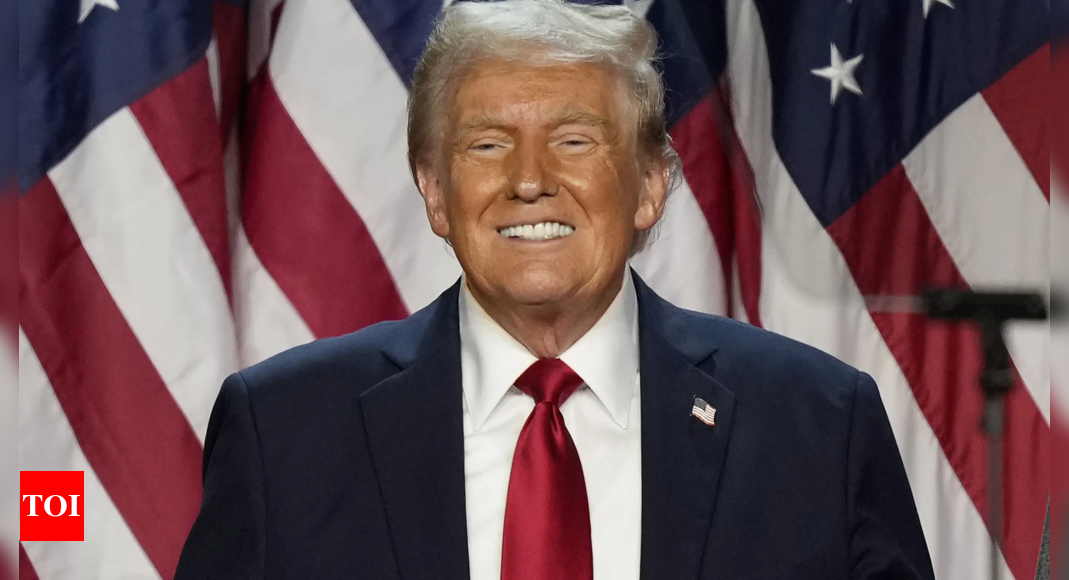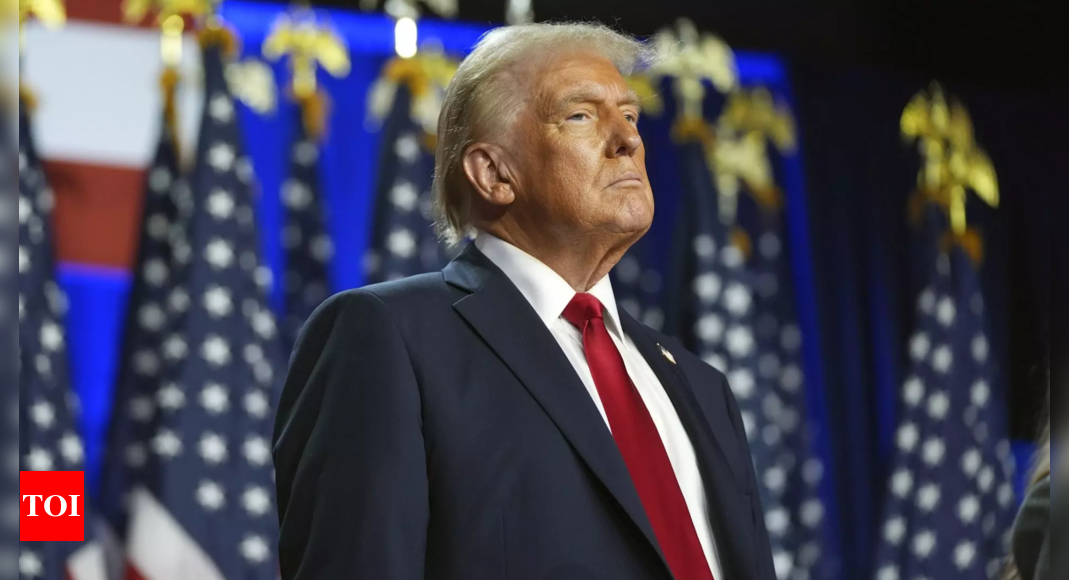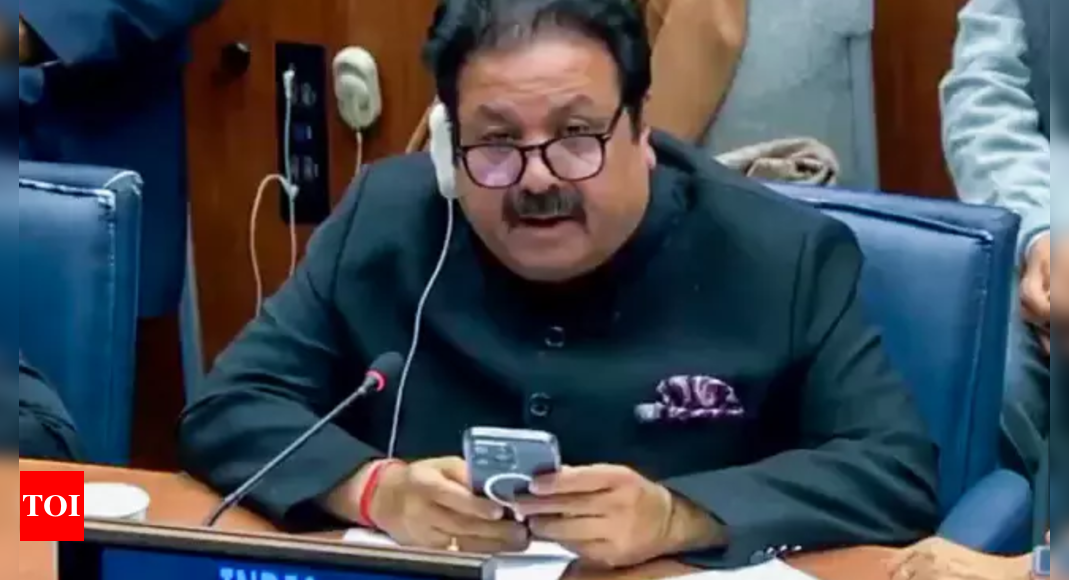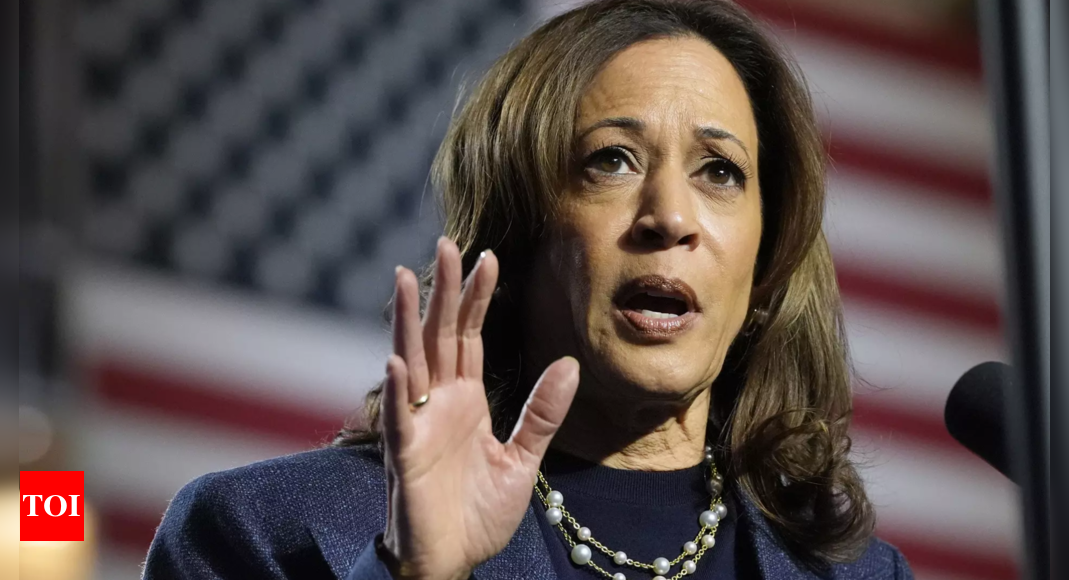
NEW DELHI: Whether it was Bush, Obama, Trump or Biden in the past, or Trump once again now, the expansive bilateral defence cooperation has been and will continue to be the lynchpin of the larger strategic partnership between India and the US.
The strategic convergence over China’s aggressive and expansionist behaviour in the crucial Indo-Pacific, which includes muscle-flexing along the land frontier with India as well as its expanding naval presence in the Indian Ocean Region (IOR), will not see any dilution despite differences on other fronts like trade and tariff barriers.
The military interoperability will also continue to deepen with a flurry of combat exercises, be it in bilateral, quadrilateral or multilateral formats, as will the security cooperation in the IOR, including in the new area of underwater domain awareness in the light of Chinese submarines prowling in the region.
“Trump, in fact, may actually push for a stronger, overt military dimension to the ‘Quad’, which India has resisted so far,” a senior defence official told TOI.
India, of course, will need to factor in Trump’s mercurial and transactional nature. On the eve of Trump’s visit to India as the US President in Feb 2020, incidentally, the Modi-headed cabinet committee on security had quickly cleared two mega contracts worth $3.5 billion for 24 MH-60 ‘Romeo’ multi-mission naval helicopters and six AH-64E Apache attack choppers.
At the ‘Namaste Trump’ event in Ahmedabad soon after, an exuberant Trump pointed to the chopper deals and said US looked forward to providing India with “the best and most feared military equipment” on the planet.
That UAV deal finally came to fruition last month, with India inking the $3.3 billion contract with the US govt for 31 weaponised MQ-9B ‘Predator’ remotely piloted aircraft, along with another $520 million contract with drone-manufacturer General Atomics to set up an MRO facility here.
The US has now bagged lucrative Indian defence deals worth well over $25 billion just since 2007, managing to displace even India’s long-standing military supplier Russia for a few years.
India, however, now wants co-production and co-development of cutting-edge equipment and technologies instead of direct off-the-shelf purchases. The Modi govt wants to conclude within this fiscal the ongoing techno-commercial negotiations for co-production of the American GE-F414 aero-engines in India for Tejas Mark-II fighters, with 80% transfer of technology for around $1 billion. “The Trump administration will not be an impediment for such projects, but may want to extract a higher price for high-end tech transfer,” another official said.
The US will also be deeply interested in the IAF’s long-standing quest for 114 new 4.5-generation multi-role fighter aircraft to be manufactured in India with foreign collaboration, at an initial estimate of Rs 1.25 lakh crore.
These projects, however, constitute just a part of the ever-tightening bilateral strategic clinch. “There is bipartisan consensus in the US on further strengthening defence cooperation with India as a hedge against China in the Indo-Pacific. It suits India as well, especially due to the strengthening Russia-China nexus,” the official said.







